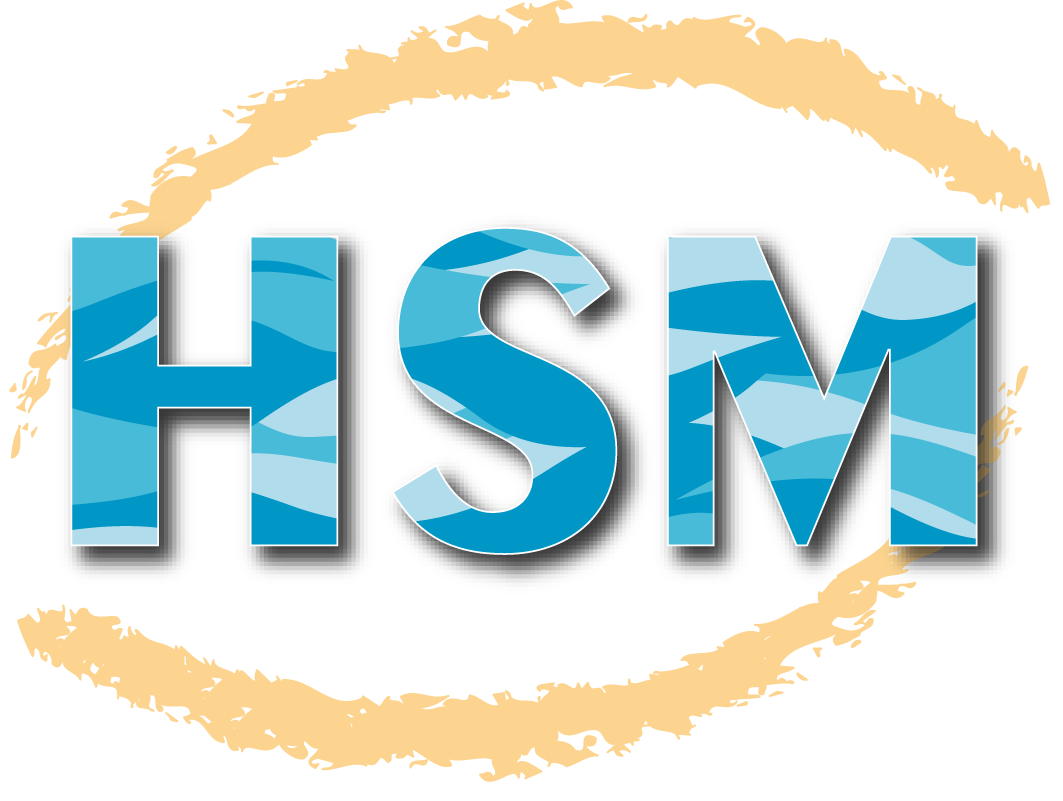Characterization of plant growth promoting activities of indigenous bacteria of phosphate mine wastes, a first step toward revegetation
Résumé
Morocco holds the vast majority of the world’s phosphate reserves, but due to the processes involved in extracting and commercializing these reserves, large quantities of de-structured, nutritionally deficient mine phosphate wastes are produced each year. In a semi-arid climate, these wastes severely hamper plant growth and development leading to huge unvegetated areas. Soil indigenous Plant Growth-Promoting Bacteria (PGPB) play a pivotal role in restauration of these phosphate mining wastes by revegetation, by increasing plants development, soil functioning, and nutrient cycling. The development of a vegetative cover above the degraded phosphate wastes, could stabilize and reintegrate these wastes in the surrounding environment. The current study’s objectives were to isolate, characterize, and identify indigenous bacterial strains, and test their PGP activity in vitro and, for the best-performing strains in planta , in order to assess their potential for acting as biofertilizers. A quantitative test for the synthesis of auxin and the production of siderophores as well as a qualitative test for the solubilization of phosphate were performed on all isolated bacterial strains. The production of hydrogen cyanide (HCN), exopolysaccharides (EPS), and enzymes were also examined. Three bacteria, selected among the best PGPB of this study, were tested in planta to determine whether such indigenous bacteria could aid plant growth in this de-structured and nutrient-poor mining soil. Using 16S rRNA gene sequencing, 41 bacterial strains were isolated and 11 genera were identified: Acinetobacter, Agrococcus, Bacillus, Brevibacterium, Microbacterium, Neobacillus, Paenibacillus, Peribacillus, Pseudarthrobacter, Stenotrophomonas , and Raoultella . Among the three best performing bacteria (related to Bacillus paramycoides, Brevibacterium anseongense , and Stenotrophomonas rhizophila ), only Stenotrophomonas rhizophila and Brevibacterium anseongense were able to significantly enhance Lupinus albus L. growth. The best inoculation results were obtained using the strain related to Stenotrophomonas rhizophila , improving the plant’s root dry weight and chlorophyll content. This is also, to our knowledge, the first study to show a PGP activity of Brevibacterium anseongense .
Domaines
Sciences du Vivant [q-bio]
Fichier principal
 fmicb-13-1026991.pdf (6.86 Mo)
Télécharger le fichier
Data_Sheet_1_Characterization of plant growth promoting activities of indigenous bacteria of phosphate mine wastes, a first step toward revegetation-2.docx (718.07 Ko)
Télécharger le fichier
fmicb-13-1026991.pdf (6.86 Mo)
Télécharger le fichier
Data_Sheet_1_Characterization of plant growth promoting activities of indigenous bacteria of phosphate mine wastes, a first step toward revegetation-2.docx (718.07 Ko)
Télécharger le fichier
Origine : Fichiers éditeurs autorisés sur une archive ouverte
licence : CC BY - Paternité
licence : CC BY - Paternité


